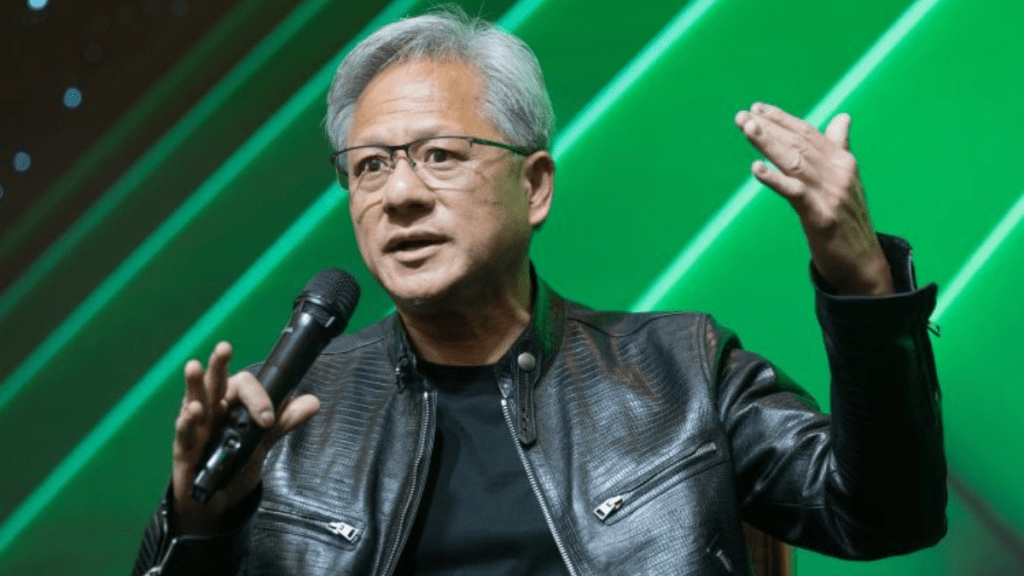Nvidia’s CEO, Jensen Huang, has arrived in China for high-level discussions despite growing US restrictions on chip exports. His visit, which has significant symbolic importance, comes at a time of escalating trade tensions between the US and China, which have recently resulted in tariffs and export control measures.
Huang’s trip comes amidst the intensifying trade war between the two economic giants. The US has imposed tariffs of up to 145% on most Chinese goods, and in retaliation, China has enacted 125% tariffs on American exports. This tariff battle has complicated international business dealings, particularly in the tech sector, where companies like Nvidia play a major role.
Nvidia, a global leader in graphic processing units (GPUs) and semiconductor technology, has faced mounting pressure from the US government. Under the administration of former President Donald Trump, as well as President Joe Biden, export restrictions have been tightened, especially on advanced semiconductors critical for artificial intelligence (AI) systems. Nvidia had created the H20 chip specifically to comply with U.S. export controls. However, recent developments have placed further strain on the company’s operations.
On Tuesday, Nvidia disclosed that it now anticipates a staggering $5.5 billion (£4.1 billion) revenue loss due to new export license requirements for the H20 chip, which the Biden administration announced last week. As a result, Nvidia’s share price plummeted by 6.9% on Wednesday, although the company still holds a prominent position in the global market, with a market capitalisation of over $2.5 trillion (£1.9 trillion).
Chinese state media reported that Huang’s visit to Beijing was made at the invitation of the China Council for the Promotion of International Trade (CCPIT), a Chinese government-affiliated organization. The purpose of his visit remains focused on fostering communication amid the ongoing trade challenges.
Nvidia’s strategic decisions regarding China will likely influence both its future business ventures and the broader global tech landscape as the company navigates the complexities of U.S.-China relations.


